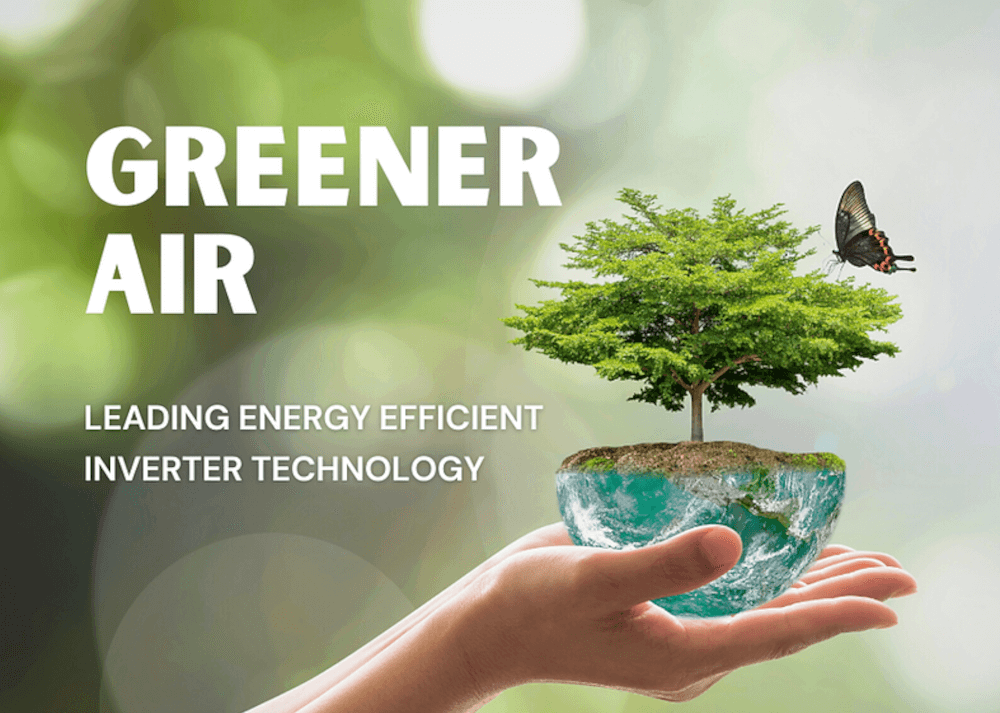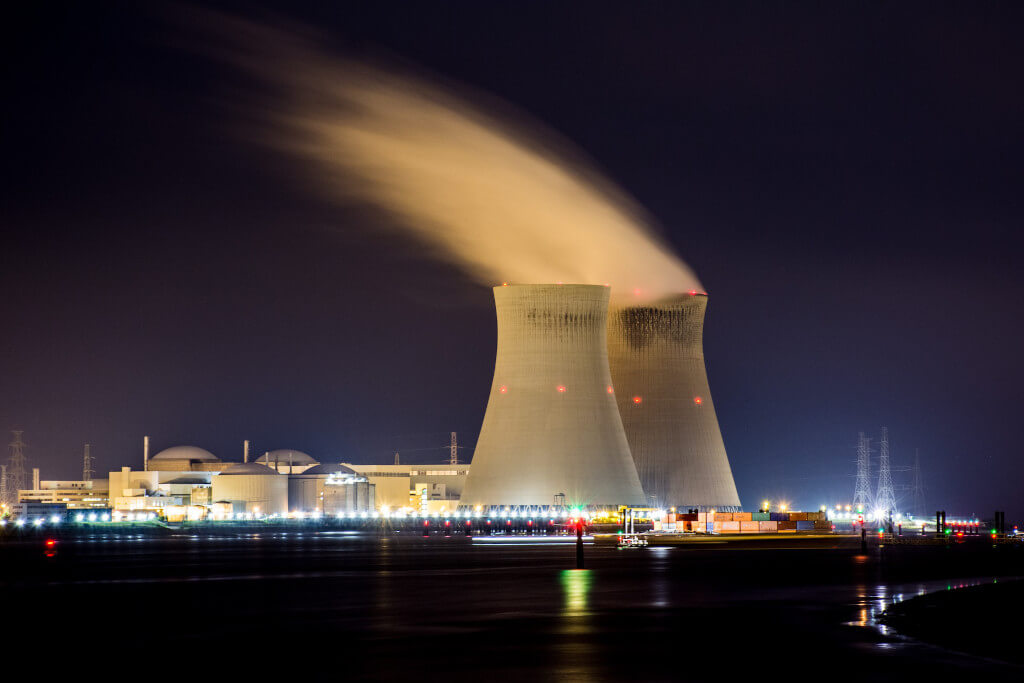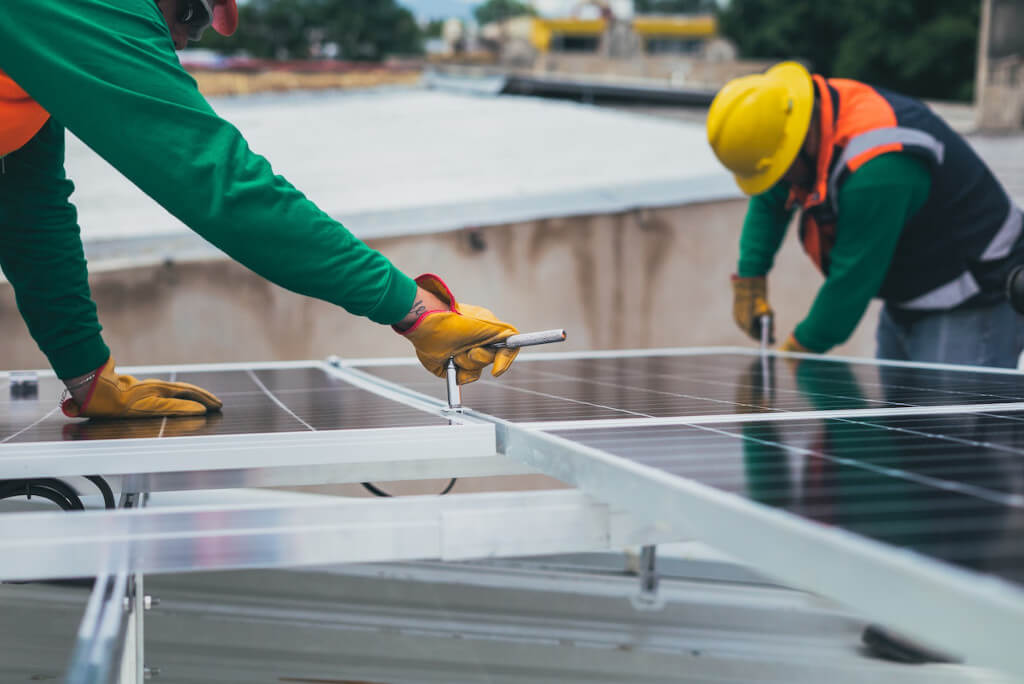There is more to selecting the air conditioner that uses the least amount of energy than simply looking at the efficiency rating that is printed on the unit’s label. In addition to this, you will need to select the type of system that has the appropriate capacity for the space that needs to be cooled.
Why Maximizing Energy Efficiency is So Crucial
The following benefits will accrue as a direct result of your decision to purchase an energy-efficient air conditioner:
- Cost savings, especially with ongoing increases in electricity costs.
- Better unit performance and lifespan.
- Less harm to the environment.
Determine the Necessary BTU for Your Air Conditioning Based on Your Needs
BTU, which stands for British Thermal Unit, is a measurement that specifies the size, or cooling capacity, of an air conditioner. This is a measurement of how much heat can be added to or removed from the air in one hour by the unit. The air conditioner that best meets your requirements in terms of energy efficiency will have a BTU rating that is proportional to the square footage of the room that you want to cool.
There are also some effects caused by other factors. For example, the climate in your area will determine the best BTU rating for your particular space. In addition to this, the orientation of the building, the type and quality of the insulation, the type of windows you have, as well as their size, and the height of your ceilings all have an impact on it.
In South Africa, the standard recommendation for the number of BTUs required by air conditioners is 500 per square meter. For instance, an air conditioner with 10,000 BTU would be necessary for a room that is 20 square meters in size.
Find Out What the Energy Efficiency Ratio is for the Air Conditioner
Each air conditioner has its unique ratio of energy efficiency (EER). The energy efficiency ratio (EER) of a device is calculated by dividing its cooling capacity, measured in BTU, by the amount of energy, measured in kWh, that it consumes when operating at full power. Let’s say a 10 000 BTU air conditioner uses up 1 200 kWh of electricity. The EER can be computed as 10,000 divided by 1,200, which results in an 8.3 ratio.
In a recent analysis of the market, the EER ratings for the most energy-efficient air conditioners were all higher than 12. The EER rating tells you how efficient an air conditioner is, which in turn tells you how much it will cost you to run it over its lifetime.
Check the Rating for Energy Efficiency on the Label of the Air Conditioner
The good news is that new legislation in South Africa mandates that all air conditioners must have labels indicating their energy efficiency. Information regarding BTU, wattage and EER should be displayed prominently on these. Locate the label in the lower right-hand corner of the front panel of the appliance. This is the most common location for the label.
A How-to Guide for Reading the Energy Efficiency Rating on an Air Conditioner’s Label
Your starting point should be the energy performance class that is represented by a color code for the air conditioner. This rating goes all the way down to E, which represents the least effective (least efficient). To be legally sold in South Africa, air conditioners need to have a rating of B or higher.
Immediately below the performance class, you will find additional information including the wattage, BTUs, EER, heating performance, and noise level. You can determine the most energy-efficient air conditioner for your needs with the help of all of these different factors. You will also be able to determine how much energy an air conditioner will use and how much it will cost to run with the assistance of an online calculator that is available on the South African Energy Efficiency website.
The Energy Star program now includes a rating for environmental responsibility. The Environmental Protection Agency of the United States is responsible for promoting the Energy Star, which is a global standard for energy efficiency (EPA). Appliances and buildings that use energy solutions that are not only cost-effective but also improve air quality and protect the environment can earn this certification.
When Shopping for a New Air Conditioner, Be on the Lookout for the Energy Star Label
The most environmentally friendly option for air conditioners is inverter models. There are two primary categories of air conditioning systems: inverter and non-inverter models.
An inverter air conditioner features a motor that is capable of self-regulation. This indicates that the speed of the motor is constantly changing to keep the temperature in the room consistent. Air conditioners that do not use inverters, on the other hand, only have a single speed on their motor, and it frequently cycles off and back on again. Air conditioners that use inverter technology are more expensive upfront, but they save money on energy bills over time.
Air conditioning systems that are split have separate indoor and outdoor units. They utilize inverter technology as well, but due to their increased energy efficiency and increased durability, they will save you money.




